Southeastern’s next generation of trains looks set to provide level boarding across its suburban network.
That was a welcome pledge from Managing Director Steve White, as he revealed a shortlist of five manufacturers invited to negotiate to supply trains to take over from his ageing Networkers.
Southeastern’s next generation of trains looks set to provide level boarding across its suburban network.
That was a welcome pledge from Managing Director Steve White, as he revealed a shortlist of five manufacturers invited to negotiate to supply trains to take over from his ageing Networkers.
Only one of those five, Stadler, has suitable stock already in UK service. Its Class 745s work on Greater Anglia alongside ‘755s’, while ‘756s’ work in Wales and ‘777’ electric multiple units carry passengers on Merseyside.
These trains have floors that match the height of standard platforms in Britain, 915mm above rail level. It means that passengers using wheelchairs can board without having to ask for help and a ramp, which too often feels like asking for permission to travel.
Of course, not every platform conforms to UK rail standards. But if rail operators do not order trains with suitably low floors, then Britain will never make trains properly accessible.
You must start somewhere, and that somewhere is the trains. Bringing older platforms to standard can follow, in conjunction with work to install lifts and ramps, to provide level access around stations.
This is one of the prizes that closer integration between track and train can deliver. Merseytravel has done this, funding the necessary infrastructure changes to match the trains it ordered for Merseyrail.
This is not just a matter for manufacturers and operators. There’s also a role for the rail regulator, with the Office of Rail and Road soon to decide on the merits of applications for open access paths on the West Coast Main Line.
Two applicants are old rivals - FirstGroup and Virgin Trains. Virgin held the government contract for West Coast services until it lost to First’s Avanti West Coast in 2019. This means that both companies know the line well, and it creates the unusual situation of First being both DfT operator and open access challenger.
First’s bid for paths comes courtesy of its Lumo subsidiary, which launched a ‘no frills’ open access service between London and Edinburgh in 2021.
Lumo uses Class 803 electric trains from Hitachi. They have high floors. They are also 125mph trains, which was vital for access to the East Coast Main Line, and is likely to be so for WCML operation, too. Stadler’s low-floor alternative is good for only 100mph.
It seems likely that First will bid 125mph ‘803s’ for its proposed Euston-Rochdale service. Simpler, maybe, but what of accessibility? If there’s little spare capacity on the West Coast, should ORR give it to bids that perpetuate today’s barriers to travel?
Virgin, meanwhile, looks to be departing from the traditional open access model, where ORR considered how much open access was likely to abstract (take) from current passenger revenues. This would see new services barred from calling at key stations along their route.
But Virgin’s bid discards this in favour of directly serving key flows such as Liverpool, Manchester and Glasgow, which appears to replicate on a smaller scale the operation it ran from 1997 until 2019. In this, it’s fighting against prevailing winds which are shifting towards state-sponsored rail services.
Open access has an easier time when networks remain uncongested. In that situation, they use unwanted spare capacity and what they pay in access charges contributes to Network Rail’s overall income.
When tracks become crowded, the situation changes to view open access as a nuisance that degrades network resilience and prevents contracted operators delivering a good service. At least, that’s the view of those who would want open access operators gone.
As the arguments about WCML capacity play out over the next few months (as they have on the East Coast), it will be hard to escape the view that both routes are as good as full.
On top of First and Virgin, Alstom’s WSMR seeks Euston-Wrexham paths, Alliance Rail talks of Cardiff-Edinburgh, and Hull Trains wants to serve Sheffield from King’s Cross. Add to this DfT’s CrossCountry operator, which also wants to increase services.
I suspect we’ll discover that there’s very little reliable extra capacity - not just on the East and West Coast Main Lines, but also the route from Birmingham through Derby to Sheffield.
The National Infrastructure Commission, too, has picked up on this, claiming there is no strategic plan for capacity improvements.
There’s no long-term vision for rail, but there’s clearly demand. There are answers, too, for the next government. Ministers could reinstate the second phase of HS2 north from Birmingham. They could consider the plan put forward by Greater Manchester Mayor Andy Burnham and his former West Midlands counterpart Andy Street. Or they could examine Chris Gibb’s 155mph Pendolino option.
Doing nothing is not an option.
Login to continue reading
Or register with RAIL to keep up-to-date with the latest news, insight and opinion.

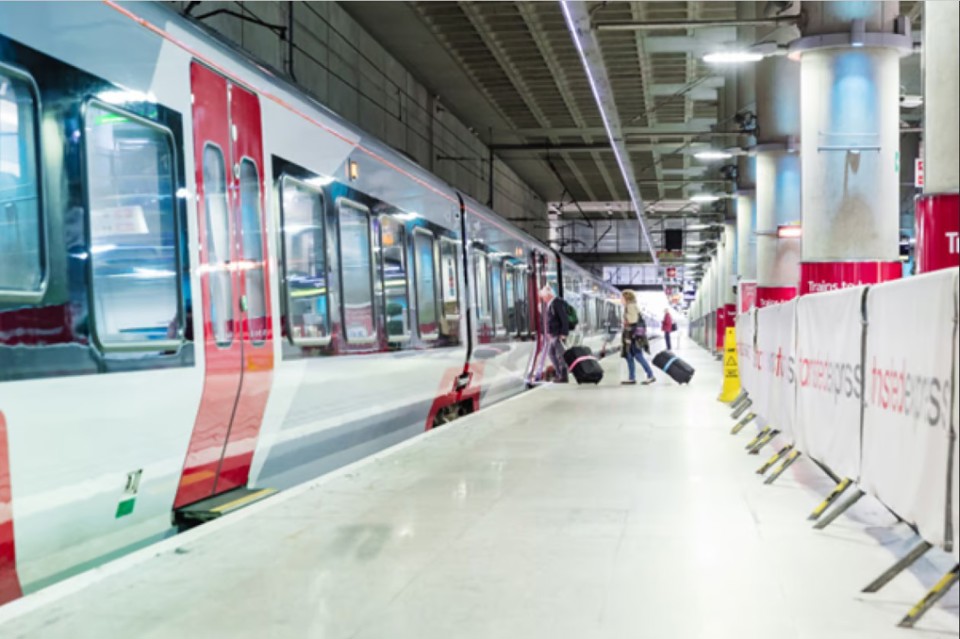
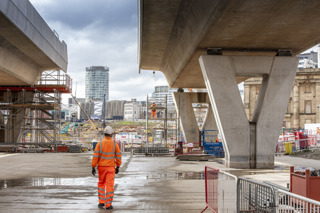
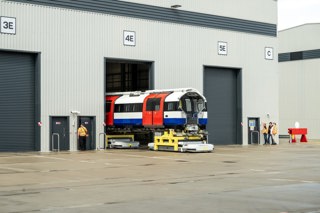
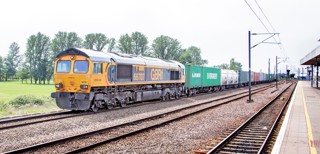
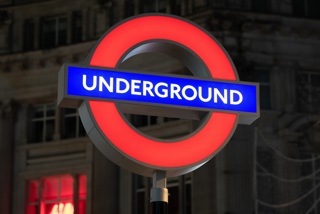




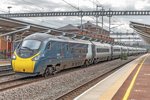







Login to comment
Comments
No comments have been made yet.